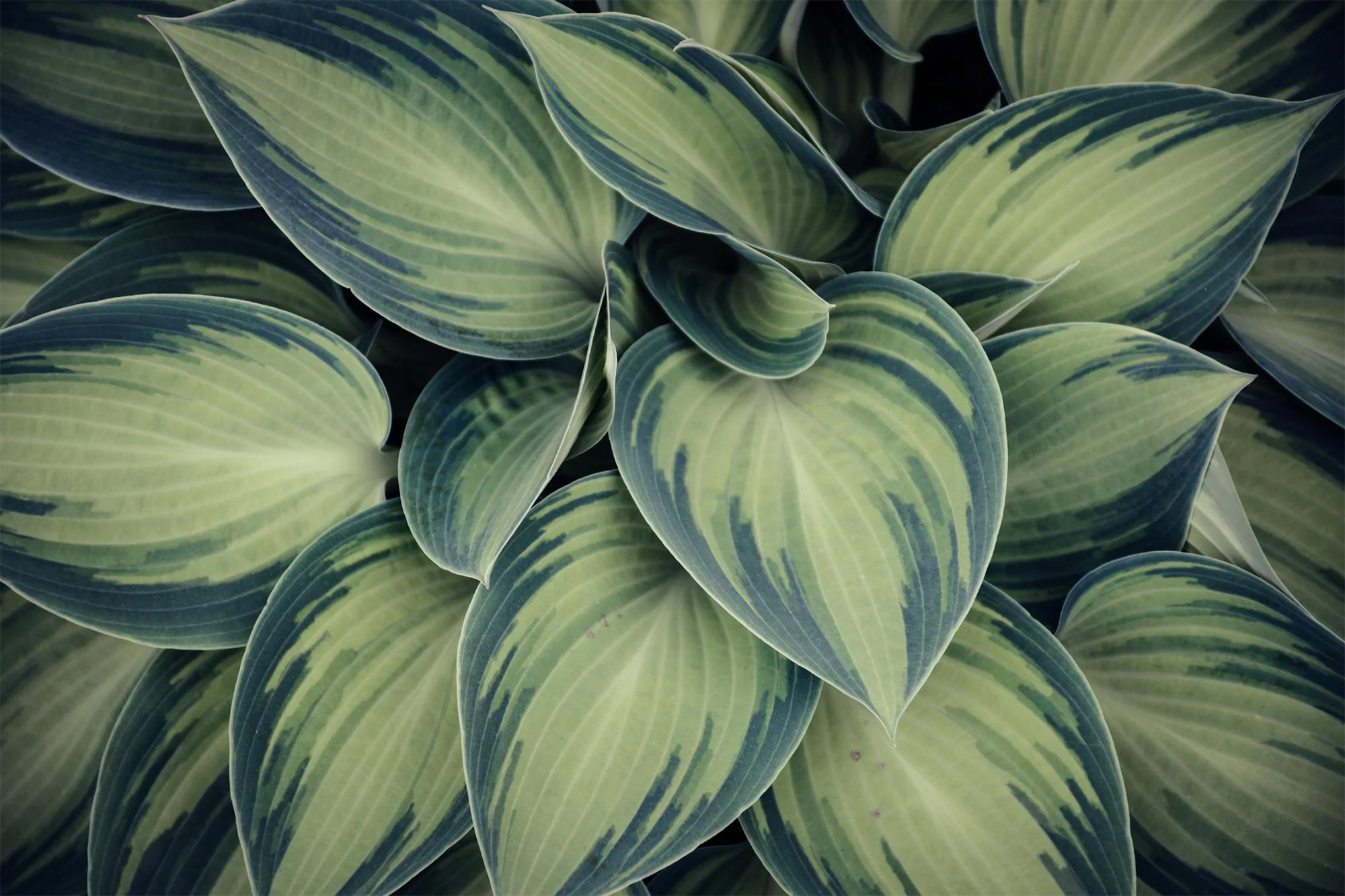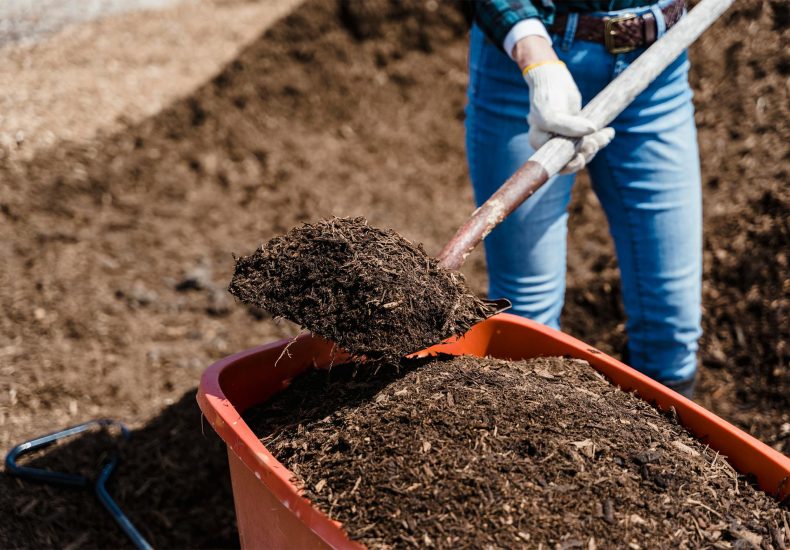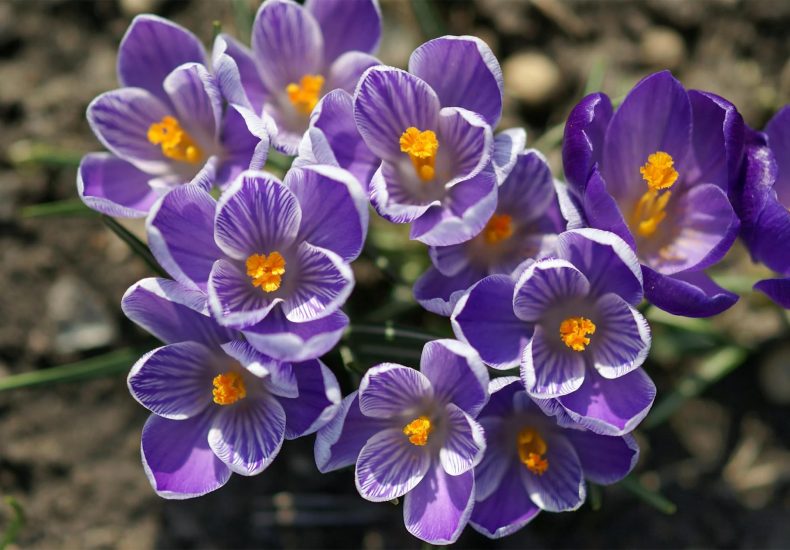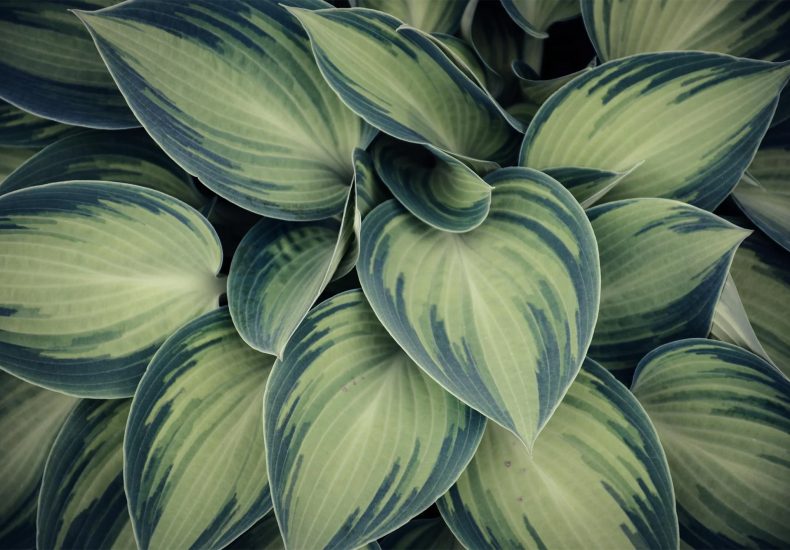
As the crisp autumn air nips at your nose and the trees paint the world in vibrant hues of red and gold, your garden whispers a gentle reminder: winter is coming. But fear not, fellow plant enthusiasts! This isn’t a time for gardening blues, but rather an exciting opportunity to tuck your beloved plants in for their winter slumber. Let’s roll up our sleeves and dive into the satisfying world of winter garden prep – it’s like creating a cozy blanket fort for your green friends!
Cleaning Up Garden Beds: A Fresh Start
Before Jack Frost makes his grand entrance, it’s time to give your garden beds some TLC. Think of it as a spa day for your soil!
- Plant Removal: Start by gently removing any plants that have sung their final song for the season. Those wilted annuals and spent vegetables? It’s time to bid them a fond farewell. This isn’t just about tidiness – it’s a crucial step in preventing fungal diseases and deterring pests from setting up winter quarters in your garden.
- Weed Warfare: Now’s the perfect time to show those stubborn weeds the door. Be thorough and pull them up by the roots. Remember, weeds are masters of winter survival, so every one you remove now is a victory for your spring garden.
- Soil Amendment: With your beds cleared, take a moment to assess your soil. Is it looking a bit tired? Consider adding some well-rotted compost or aged manure. This will replenish nutrients and improve soil structure, giving your plants a head start when spring rolls around.
- Mulch Magic: Finally, tuck your perennials in with a cozy 2-4 inch blanket of mulch. This insulating layer protects roots from the freeze-thaw cycle that can wreak havoc on plant health. Opt for organic mulches like shredded leaves, straw, or wood chips – they’ll slowly decompose, feeding your soil as they protect.
Tackling Fallen Leaves: Nature’s Gift
Those colorful leaves carpeting your yard aren’t just beautiful – they’re incredibly useful!
- Raking Routine: Regular raking isn’t just about keeping your lawn looking tidy. A thick layer of wet leaves can smother grass and create the perfect environment for snow mold. Aim to rake at least once a week during peak fall.
- Leaf Mulching: Put your lawn mower to work! Running over leaves with a mulching mower creates a fine, nutrient-rich topping for your lawn. The tiny leaf pieces will break down quickly, feeding your grass and improving soil health.
- Compost Creation: Excess leaves are the perfect base for a new compost pile. Layer them with green materials like grass clippings or kitchen scraps. By spring, you’ll have a batch of black gold for your garden.
- Leaf Mold Magic: For a special treat, create leaf mold. Simply pile up your leaves in a corner of the yard, keep them moist, and let nature do its thing. In a year or two, you’ll have an amazing soil conditioner that plants adore.
Winterizing Perennials and Shrubs: Tailored Protection
Different plants have different winter needs. Here’s how to cater to your garden’s diverse residents:
- Cutting Back: For most perennials, wait until the foliage has died back naturally, then cut stems to about 2-3 inches above the soil line. This provides a bit of winter protection for the crown of the plant.
- Leave Some Be: Some perennials, like coneflowers and ornamental grasses, provide winter interest and food for birds. Consider leaving these standing until early spring.
- Mulch Matters: Apply a 2-4 inch layer of mulch around the base of perennials and shrubs after the ground has frozen. This prevents the freeze-thaw cycle that can push plants out of the ground.
- Wrap It Up: For tender shrubs or young trees, consider using burlap wraps or anti-desiccant sprays to protect against winter burn. This is especially important for evergreens in windy areas.
- Hydration Help: Give your plants, especially evergreens, a deep watering before the ground freezes. This helps prevent winter desiccation.
- Rose Care: For roses, mound up soil or compost around the base to protect the graft union. In very cold areas, you might want to use rose cones for extra insulation.
Final Touches: The Little Things That Count
- Clean and sharpen your tools before storing them for winter. A light coat of oil on metal parts prevents rust.
- Drain and store hoses to prevent freezing and cracking.
- If you have a pond, use a net to remove fallen leaves and consider using a de-icer to keep a portion ice-free for gas exchange.
By taking these steps, you’re not just preparing for winter – you’re setting the stage for a spectacular spring show. Your plants will weather the cold months cozily, ready to burst forth with renewed vigor when the warm days return. So grab your rake, pull on those gardening gloves, and let’s give your garden the winter prep it deserves. Your future self (and your plants) will thank you!







